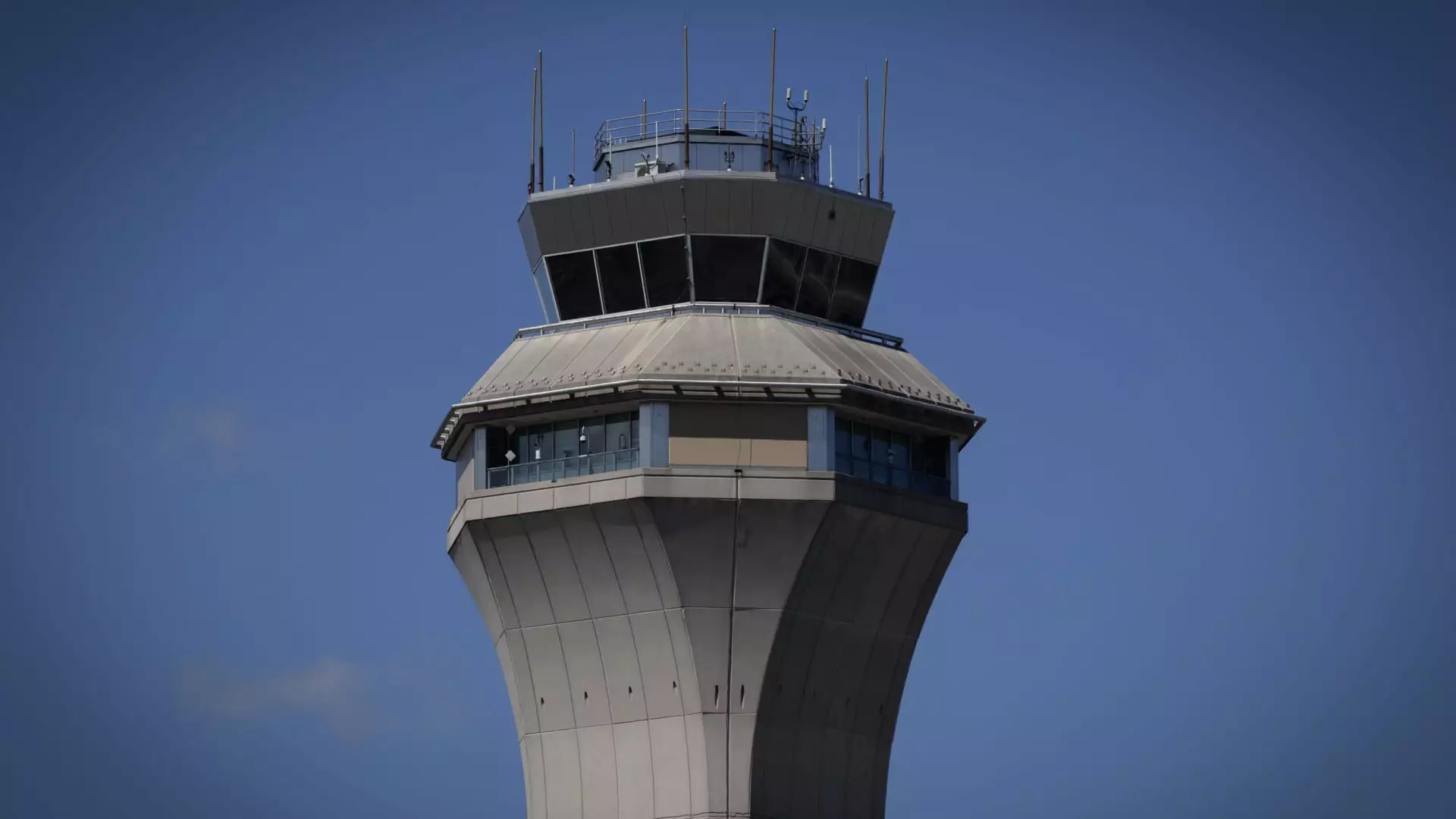Newark Liberty International Airport has become the epicenter of a significant aviation crisis, highlighting the urgent need for immediate reforms in the U.S. air traffic control system. Frequent equipment malfunctions and air traffic controller shortages resulted in chaos last month, causing over a thousand flight delays. This alarming situation forced Transportation Secretary Sean Duffy to publicly declare the necessity for action during his recent appearance on NBC’s “Meet the Press.” The implications of Newark’s challenges extend beyond its runways, threatening to replicate in airports across the nation.
Duffy’s statements indicate a systemic issue, not just localized mishaps; when thousands of passengers endure the repercussions, the time for recognition is long overdue. With the summer travel season fast approaching, these disruptions elevate the urgency for repairs and modernization. The series of problems experienced at Newark should serve as a clarion call to address the inefficiencies plaguing America’s aviation infrastructure.
Equipment Failures and Their Consequences
The specifics surrounding Newark’s woes are striking. Air traffic controllers reported losing communication with planes for a staggering 90 seconds—an eternity in aviation terms. This instance led to heightened stress for controllers, prompting several to take trauma leave and further exacerbating staffing deficiencies. Such failures are not simply technical glitches; they reflect inadequate investment in critical infrastructure and personnel, leading to a cascading effect of operational breakdowns.
Week after week, incidents such as these reveal fragile systems that require immediate overhaul. If nothing changes, the risk of future outages looms large, potentially endangering the safety and efficiency of air travel. The industry has been facing a disconcerting reality: the technological inefficiencies do not merely inconvenience travelers; they compromise the very fabric of aviation safety.
The Case for Infrastructure Investment
Duffy, alongside top executives from major airlines, recently proposed a sweeping initiative intended to modernize the air traffic control system. Industry insiders estimate that approximately $31 billion is necessary for these upgrades. Critics of the system argue that neglecting to invest in this modernization may soon result in an aviation infrastructure that could falter under the weight of increasing air travel demand.
United Airlines’ CEO Scott Kirby has been among the loudest voices advocating for reduced flight schedules, particularly at congested airports like Newark. With United responsible for 67% of Newark’s air operations, they have pledged to cut 35 daily flights to alleviate pressure. Kirby’s insights into the mathematical discrepancies of flight approvals shed light on a disjointed system where demand exceeds capacity; a situation that breeds inefficiency and frustrations for both airlines and passengers alike.
The Broader Implications for Air Travel
The problems experienced at Newark resonate with broader challenges in U.S. aviation. As airlines struggle with staffing shortages and outdated technology, customers suffer the most. Disruptions not only lead to delays but can also have lingering impacts on connecting flights, baggage handling, and overall travel experiences. The rising number of cancellations and delays tarnishes the reputation of airlines, eroding customer loyalty and trust.
In an era where air travel has become an integral aspect of modern life, neglecting the modernization of the necessary infrastructure is a profound misstep. If the aviation industry is to thrive, both government and private sectors must confront and invest in these pressing challenges, creating a safer and more efficient travel network.
Rethinking Priorities in Aviation Regulations
Moving forward, a collaborative approach involving airlines, regulatory bodies, and Congress is crucial. While conversations about potential funding may be underway, consistent dialogue regarding the broader implications for traveler experience must remain at the forefront. This evolving landscape calls for lawmakers to prioritize action over rhetoric, ensuring that U.S. aviation can meet the demands of the future successfully.
The apparent disconnect between currently approved flight schedules and actual operational capabilities cannot continue without repercussions. To prevent Newark’s struggles from becoming the new norm, a significant shift in regulatory and operational paradigms is imperative. The future of consistent, reliable air travel hinges on bold moves made today to transform a system that is quietly, yet significantly, faltering.


Leave a Reply